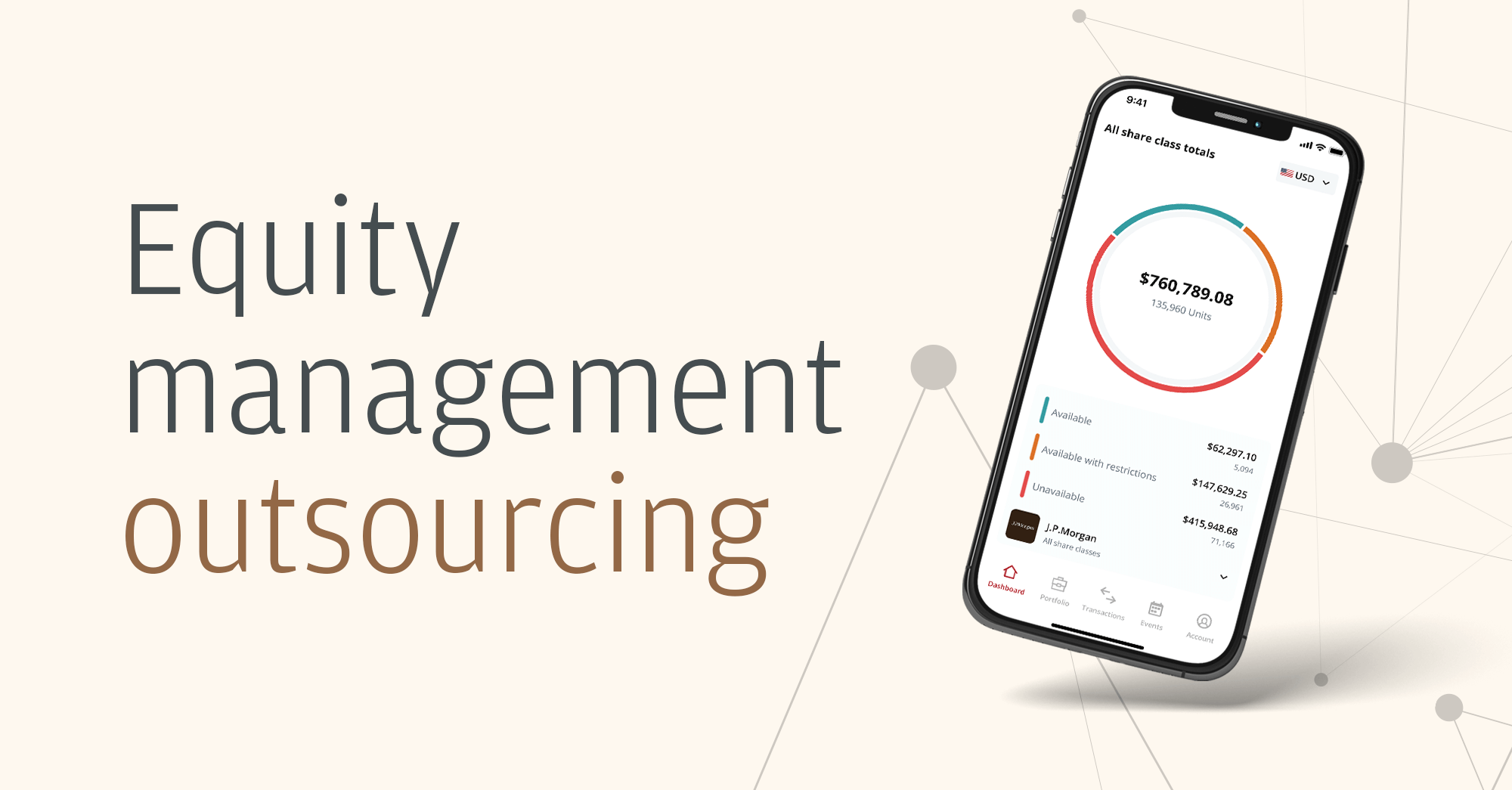With senior executive compensation becoming increasingly complex in recent years, and also a hot button issue for regulators and general public alike, it is now increasingly important for the board of any company – whether public or private – to put the necessary time and effort into how they communicate with the C-suite over the scale of and expectations associated with their remuneration packages.
Executive compensation
First things first, let’s be clear on what we are referring to when we talk about C-suite executive compensation. In 2023, compensation for upper echelon executives (e.g., CEO, CFO, CIO, and COO) is typically made up of both financial and non-financial elements. Specifically, we are talking about salary, benefits, bonuses, and equity.
- Salary: This will be a fixed annual amount, also known as base salary.
- Benefits: These may include some forms of insurance (e.g., health insurance) and other perks such as gym membership, company car, paid parking, and provision of financial advice.
- Bonuses: These tend to be short-term or annual incentives, usually non-fixed, one-off cash payments, based on individual or company KPIs being met in a given 12-month period.
- Equity: Viewed as a long-term incentive (over three years), equity compensation represents a form of ownership in the company, with the logic being that such awards motivate employees to give their best efforts – typically, with equity, the better the company performs, the more individuals stand to benefit.
Getting senior executive compensation right is vitally important for any company, whether public or private. When the process of setting compensation levels is moved through effectively, this can set the right tone for the entire organization from the top down. When it’s done well, you can reasonably expect the C-suite to be fully aligned with the company’s strategy, to be more motivated, and to give their very best performance. On the flipside, if, for whatever reasons, the process of setting compensation is botched or otherwise poorly implemented, there may well be a different and entirely less desirable set of outcomes – reduced motivation, loss of alignment, and perhaps even the loss of key, senior talent who will then need to be replaced.
So, the stakes are high. Get it right and the company will hopefully march on and hit new heights, driven forward by a team of talented and motivated senior executives; get it wrong, and the business may suffer or at the very least underachieve relative to its potential until such time as you repair the damage.
The three Cs – communication, communication, communication
When it comes to engaging with the C-suite, just as with anyone else in the workplace, effective communication will be key in helping to avoid all of those undesired outcomes.
From the HR perspective, it will usually be a good idea to put in place a structured, multi-step approach, with a view towards doing all that you can to ensure that the communication process unfolds smoothly.
A typical communications strategy designed to address compensation might unfold in the following sequence:
- Select your communications team and ensure that each member knows their role
- Be clear on your objectives and on the key messages you wish to get across
- Be aware of the specific characteristics and likely concerns of your audience
- Choose what are likely to be the most effective methods of communications
- Put in place a detailed project plan and ensure that you will be able to measure your progress
Beyond that, whether the goal is to retain or recruit senior executives, compensation packages need to be tailored to the demands of the market, they should synchronize with the broad goals of the company, and they also need to be constructed with the individual in mind. At the level of communication, the challenge is to ensure that the C-suite understands that all these points go into the mix when developing compensation packages.
When board/HR communications with the C-suite on compensation have been effective, senior executives should have a clear understanding of the rationale behind how their own packages have been structured, and the connection between their own individual goals and how much they ultimately will be paid.
Senior executive compensation and accountability
There are several markers known as compensation principles that help to guide companies towards effective senior executive remuneration packages.
Examples of these principles are alignment (creating a clear connection between senior executive performance and the interests of the business), engagement (creating an environment where executives are incentivized to excel), and accountability.
How can we create accountability among C-Suite Executives?
We can define accountability in different ways, but in this context perhaps it is most useful to think of it in terms of structuring C-suite compensation in such a way that those individuals are held accountable for the performance of the company in specific areas. Elements of the compensation package will be linked directly to company performance – the better the company fares, the more the senior executives can expect to be paid.
Ideally, company performance and C-suite compensation will measure up when assessed together. If there is a mismatch, e.g., company performance ranking relative to peers was mid-table, but compensation was up towards the top, then in relative terms that means the C-suite was overpaid for that period. In that situation, a company may look to address the mismatch by adjusting the performance goals for the following year.
Company performance is the most straightforward way to address accountability, as financial numbers are objective and transparent, and lend themselves to clear, quantifiable analysis. However, there are also more subjective qualities that can also be looked at when assessing accountability, relating to, for example, leadership.
The specific variables of interest under that heading may vary somewhat from business to business and sector to sector, but typical areas of focus on leadership might include, for example:
- Succession planning: companies could link elements of C-suite incentives to those individuals being seen to have actively looked to mentor and develop less senior executives who may replace them in time
- Innovation: without new ideas and product development, companies may stagnate, and so it is not uncommon to link compensation to tangible evidence of efforts in this direction.
Getting executive compensation right is vitally important for any company. When you approach the process with a conscious emphasis on communication with the C-suite in the first instance and then look to focus on performance-related accountability over time, you at the very least help to put yourself in a position where you will be able to measure whether you are getting it right.
By visiting a third-party site, you may be entering an unsecured website that may have a different privacy policy and security practices from J.P. Morgan standards. J.P. Morgan is not responsible for, and does not control, endorse or guarantee, any aspect of any linked third-party site. J.P. Morgan accepts no direct or consequential losses arising from the use of such sites.
Please Note: This publication contains general information only and Global Shares is not, through this article, issuing any advice, be it legal, financial, tax-related, business-related, professional or other. The Global Shares Academy is not a substitute for professional advice and should not be used as such. Global Shares does not assume any liability for reliance on the information provided herein.








